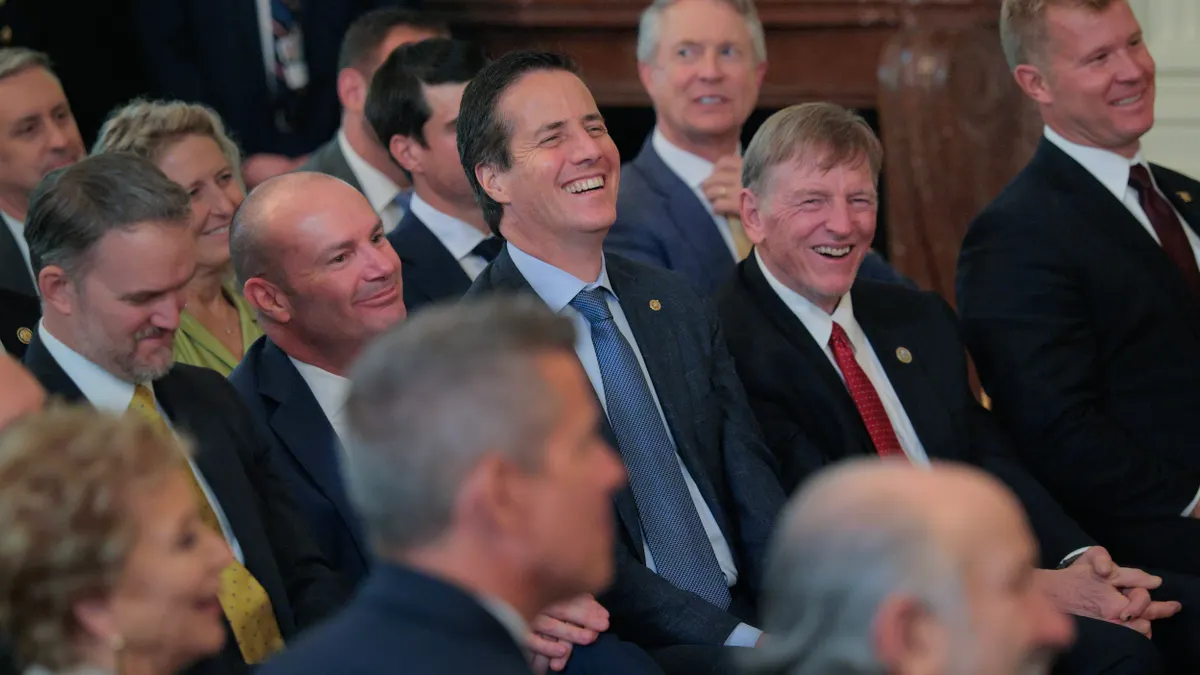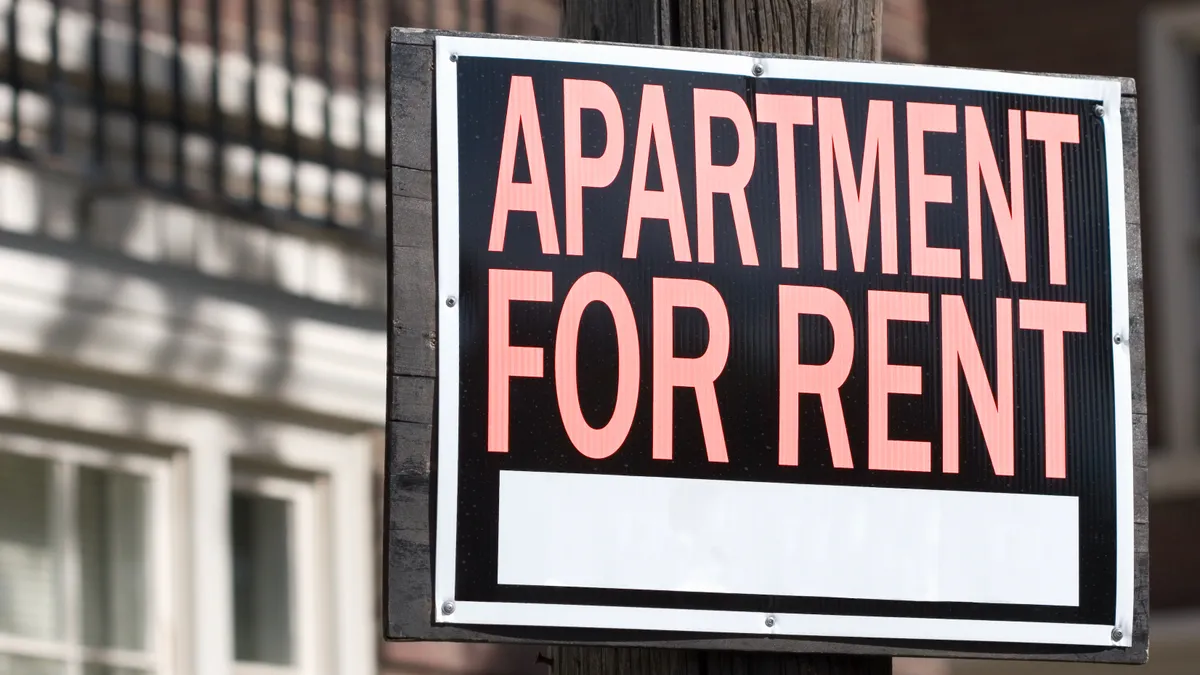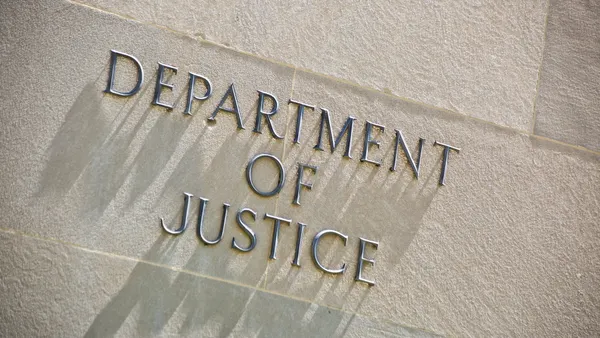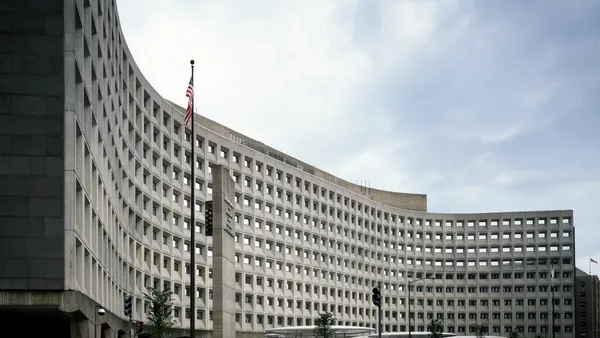The Trump administration’s sprawling tax and spending bill, the One Big Beautiful Bill Act, could have major impacts on affordable housing.
The legislation would expand the Low-Income Housing Tax Credit program, considered the primary funding mechanism for affordable housing construction in the U.S. It would also extend and make key reforms to opportunity zones, a federal tool that provides tax benefits to developers that invest in distressed, low-income areas of the country.
“It’s the most significant investment in affordable housing construction that we’ve seen in a generation,” said David Dworkin, president and CEO of the National Housing Conference, who is upbeat about the bill’s potential to make “a material difference” in the affordable housing shortage.
“The bill will have a net positive impact on housing affordability,” Dworkin said.
Republicans are trying to pass the bill along party lines through a process called reconciliation. The White House has said it expects the bill to be on President Donald Trump’s desk for a signature by July 4.
Low-Income Housing Tax Credit program changes
Analysis from accounting firm Novogradac & Co. estimates the low-income housing tax credit provisions in the House’s version of the bill, which passed last month, could produce 500,000 additional housing units over the next decade. Another version, introduced by the Senate Finance Committee earlier this month, includes low-income housing tax credit provisions that could produce more than 1 million affordable rental units during that time.
A National Low-Income Housing Coalition report estimates a current nationwide shortage of about 7.1 million affordable and available units for people with the lowest income.
New units would be “awesome because we certainly need it,” said Kim Johnson, the NLIHC’s senior director of policy. But “it’s kind of a drop in the bucket compared to the level of need.”
The Low-Income Housing Tax Credit program has helped finance the development of about 4 million affordable rental units since its creation in 1986 and is considered “our most important affordable rental production program,” said Dennis Shea, executive vice president and chair of the J. Ronald Terwilliger Center for Housing Policy.
Both the House and Senate versions of the bill would expand the housing tax credit program.
The House version would expand what are called 9% low-income housing tax credits allocations — given to new construction projects that receive no additional federal tax subsidies — by 12.5% for four years; the Senate version would permanently increase the allocations by 12%.
Many states receive more applications for 9% low-income housing tax credits than they are able to fund, said Katie Fallon, a principal policy associate at the Urban Institute. Expanding that program could allow more projects to be built year over year, she said.
To secure the maximum amount of what are called 4% low-income housing tax credits under existing laws, at least half of an affordable housing project currently needs to be financed through private activity bonds, a type of state or local-issued tax-exempt bond that funds projects that serve public purposes.
Both versions of the bill would cut the private activity bond financing threshold in half, to 25%, further expanding the use of low-income housing tax credits, said Shea. The House version would change the threshold for four years, while the Senate version would change it permanently, he said.
The House’s version of the bill would also designate rural and tribal areas as difficult to develop under the program, qualifying affordable housing projects in those regions for larger tax credits, Johnson said.
That change could provide more opportunities to make the financials work for projects in rural and tribal regions, where it is often hard to develop housing because of lower rents in some of those markets, said Fallon.
That provision was not included in the Senate’s version of the bill, Johnson said.
Opportunity zone changes
Since they were launched under the 2017 Tax Cuts and Jobs Act, opportunity zones have effectively created incentives for new investment in communities, said Dworkin. Opportunity zones have helped or are scheduled to help finance nearly 200,000 homes, according to a Novogradac analysis.
Both the House and Senate versions of the bill would extend the opportunity zone program, said Johnson.
They would both adjust the census tracts that are eligible for the tax benefits to target more deeply underserved areas, preventing benefits from being given to projects in higher-income areas.
That would target opportunity zones to “lower-income areas or more economically disadvantaged or disinvested areas,” said Johnson.
Provisions in both versions add reporting requirements and sweeten some of the incentives for launching projects in rural opportunity zones to correct the program’s documented urban bias, Johnson said. The House version of the bill requires 33% of newly designated opportunity zones be located in rural areas — a provision that is not in the Senate version, she said.
Even with the proposed changes, additional legislation would be needed to further build out the infrastructure of opportunity zones to better meet affordable housing needs, said Dworkin. Specifically, he called for more flexibility around the tool’s definition of long-term investment, which helps developers receive the maximum opportunity zone benefit, because housing projects are typically short-term investments.
“The tax provisions are an important component of the opportunity zone program,” said Dworkin. “But to do it right, you have to build out a more sophisticated infrastructure than you can do with a tax bill alone.”
Impacts on renters
While affordable housing construction would get a major boost from the bill, some experts say certain provisions could negatively impact many renters.
The bill would restrict cities and states from continuing their efforts to reduce the impact of algorithm-driven rent-setting or automated tenant screening processes. Research suggests these programs harm renters, particularly those with lower incomes, said Fallon.
Several states are suing the property management software company RealPage for its algorithm-driven rent-setting, claiming the program allows landlords to collude to drive up rents, said Fallon.
“If this provision is passed, it would put an end to that suit and the ability of states and cities to ensure there is no collusion among landlords,” said Fallon.
New housing technologies are not necessarily bad, but they can be used badly, said Dworkin. It’s important that local communities have the ability to establish their own regulations regarding the use of that technology, he said.
“I’m really reluctant for the federal government to step in and order communities not to regulate anything that really is local in nature,” said Dworkin.



















